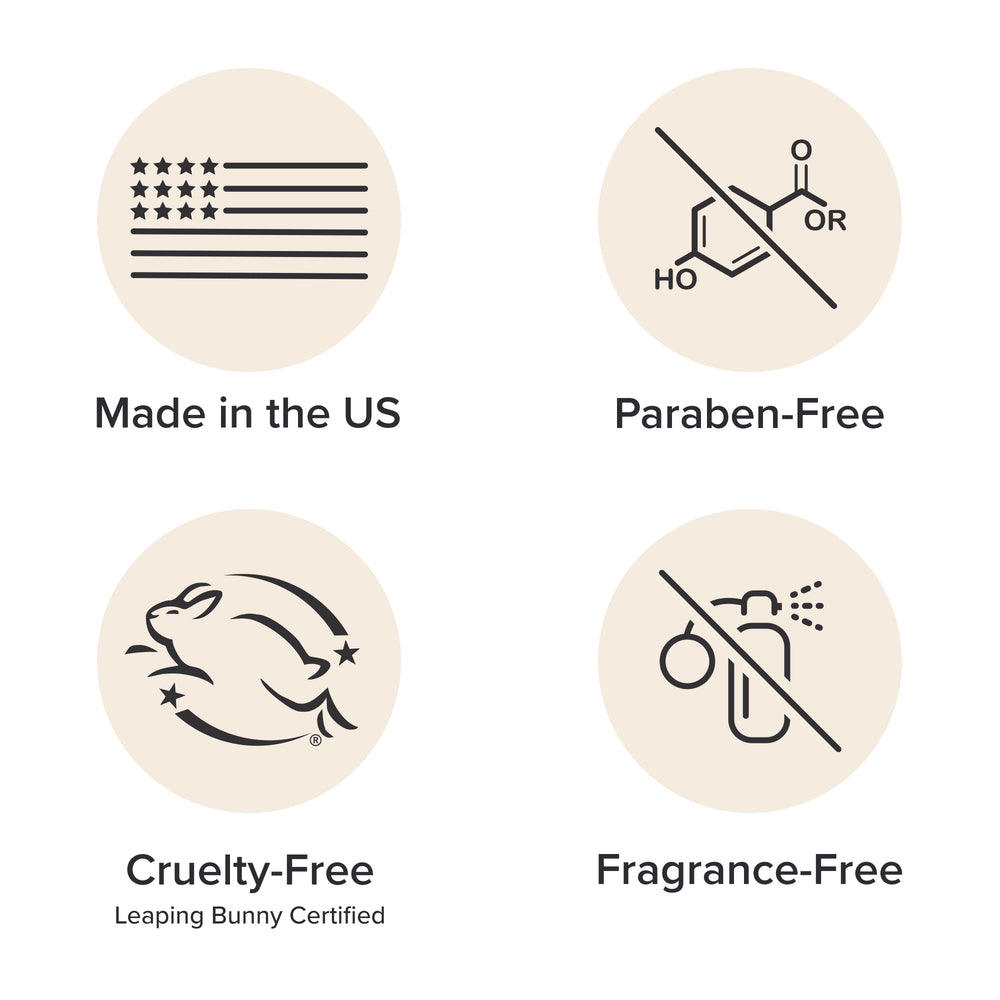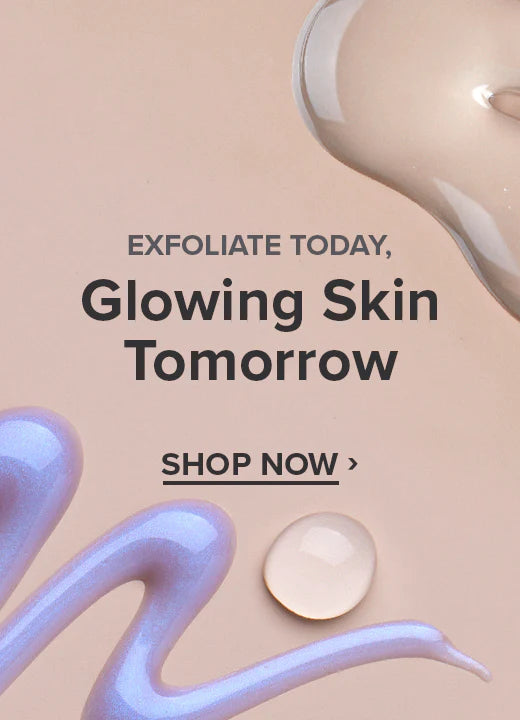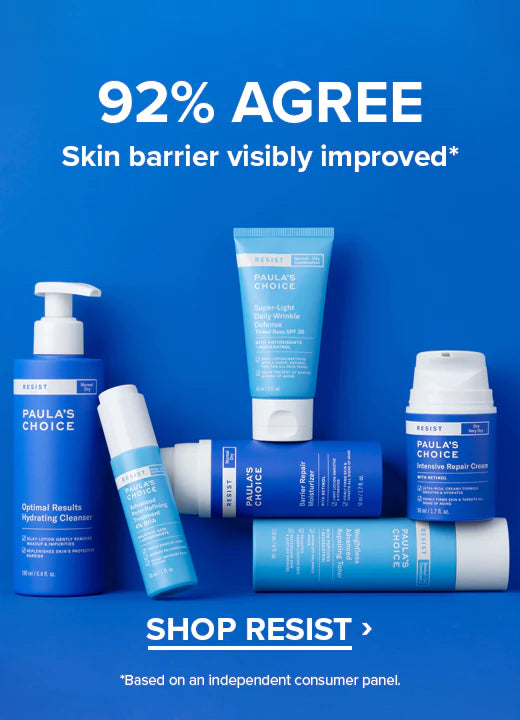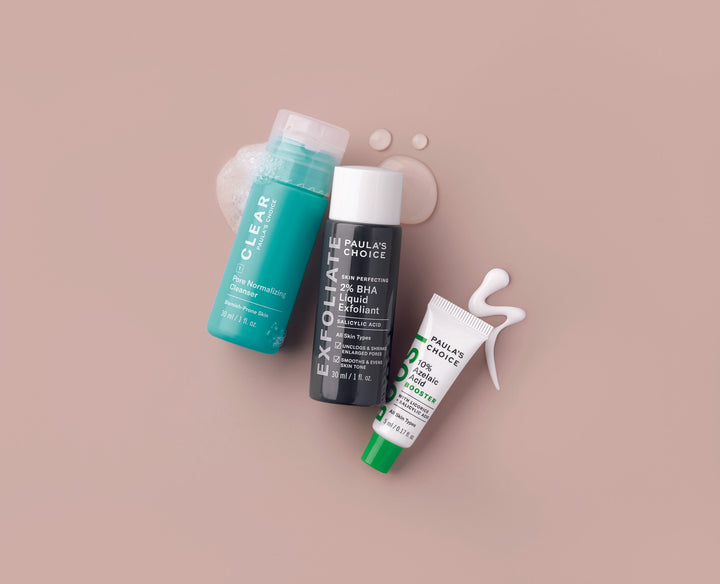In this article:
What is face mapping and history of Chinese face mapping
How accurate is face mapping?
How does face mapping for acne work?
Blemish locations for face mapping
Using face mapping for breakouts
One of the most exciting aspects of the world of skin care is that it’s constantly evolving. However, sometimes what’s most interesting is the updated data that the past actively informs and helps develop. In recent years, advances in modern science bolstered the use of skin care ingredients commonly used in traditional medicine, including green tea, bakuchiol and Centella asiatica.

Beyond ingredients, traditional skin care and health practices are also garnering more attention. Skin mapping, also called face mapping, is one of these traditional practices suddenly finding itself amid a revival. But what is skin mapping? How does one practice skin mapping? Is it the solution to your breakout-related skin concerns? Let’s travel back in time, dip into the present and look to the future to explain face mapping and see if it can help you tackle your skin concerns.
What is face mapping and history of Chinese face mapping
Face mapping, also called Chinese face mapping, is an ancient practice dating back more than 3,000 years. Known as mien shiang – literally “face reading” – this artform focuses on determining a person’s traits, character and even physical health based on an analysis of their face (1). Central to mien shiang is the concept of qi, the flow of energy throughout the body and how it impacts everything from personality to internal ailments.
In mien shiang, each part of the face corresponds to an area of the body – for instance, the forehead is linked to the digestive system, the eyebrows to the liver and so on (2). The idea is that if there is an issue presented on the face, tackling a qi imbalance in its corresponding body part will solve the problem. While one can apply this to several different facial issues, it's currently popular when trying to track down the source of acne breakouts.
How accurate is face mapping?
So just how accurate is face mapping? Can the imbalances in other parts of your body cause your breakouts?
From a Western medical perspective, we just don’t know definitively... yet. The fact is that there isn’t the depth and breadth of peer-reviewed research behind Traditional Chinese Medicine (TCM) at this stage to know with certainty (3). That isn’t to say that there isn’t value in pursuing mien shiang to see if it can help reduce breakouts, especially since focusing on whole body health always has value. If anything, it’s a good jumping off point to start your search for solutions. And as always, the Paula’s Choice Research Team keeps an eye on emerging information, and we’ll break any future developments in this arena!
How does face mapping for acne work?
Breakouts on different parts of the face can have different causes. Not all bumps and clogs have the same origin story. This means there might be different ways to tackle breakouts depending on their location. So yes, what might be causing acne on your hairline could be something apart from what causes acne on your cheeks!
Blemish locations for face mapping
It’s time to break down how you can use the principles of face mapping to get a better understanding of what might be causing acne breakouts and how to treat them. First, let’s get some general information out of the way about overarching factors that can cause acne:
- Genetics – for many people acne is simply hereditary, meaning their acne is difficult to avoid, but treatment is possible (4).
- Stress – if you’ve heard that stressing out is bad for your skin, it’s true. Stress can lead to acne-causing triggers inside the body flaring up, meaning that if you’re frazzled, you’re more likely to have a breakout.
- Diet – in some cases, food sensitivities can set off acne breakouts. If you happen to notice that after you consume certain foods you’re more prone to pimples, it might be worthwhile to consider altering your diet. Foods with a high glycemic index and dairy are the most frequent culprits (5, 6).
- Hormones – there is a strong correlation between hormone fluctuations and acne, which is why it is so prevalent among teens who are experiencing age-related hormone changes (7). Other hormone changes, like those experienced during one’s menstrual cycle, can also affect the development of acne (8).
Now, let’s look at specific breakout areas and their proposed causes and solutions.
Hairline and forehead
Breakouts along the hairline and on the forehead often have causes that go beyond just hormones and genetics. In Chinese face mapping, breakouts on the forehead are a sign of issues with the digestive system, liver, gallbladder or stomach.
Modern research and experience demonstrate that hair styling products – like gels, waxes and pomades – have thickening agents that help hold hair, but can also clog pores, especially if your skin is already naturally oily (9). These occlusive products can lead to breakouts even if they’re not directly applied to skin. For instance, if you have bangs, the hair that touches your forehead can transfer these products to the skin there. This hair product transfer can also cause acne breakouts on the neck!
Headwear, including hats, hair scarves and headbands can also rub up against skin, triggering irritation that leads to acne breakouts.
For many people it isn’t preferable to completely forego hair styling products or skip out on head gear altogether just for the sake of preventing breakouts. Don’t worry, we have a step-by-step routine (including hair washing tips!) to get hairline and forehead breakouts under control.
Eyebrows
Acne inside eyebrows isn’t the most common type of acne, but when it happens it’s painful and sometimes tricky to handle. In mien shiang, skin issues within the eyebrows, or the space between the eyebrows, might mean issues with the liver.
As with hairline and forehead acne, investigating your habits in that area could reveal what’s going on. A 2017 study found that improper hygiene practices tied to cosmetic eyebrow grooming can lead to the development of bacterial infections – including acne – that appear in the eyebrows (10).
If an esthetician grooms your eyebrows, talk to your provider about the hygiene practices at their shops. If you pluck or tweeze at home, make sure all your tools are disinfected, and if you still have issues, consider swapping from thick brow pomades and waxes to lighter-weight brow gels!
Nose and cheeks
For most people who experience acne breakouts, the nose and cheeks are involved, whether it’s teen acne or adult acne. According to face mapping, issues with skin on the nose and cheeks can be a sign of stomach or heart-related problems.
There’s a straightforward reason why clogs are common in these areas – the pores on our noses and cheeks tend to secrete more sebum (oil) than other parts of the face (11). If you have combination skin, you know this all too well; it’s part of that dreaded T-zone where oil stands out the most. Even if your skin is dry, it’s not unusual for an oil-related shine to develop on your nose and cheeks.
The key then is to try to reduce or balance oil production in these areas. BHA exfoliants help accomplish this as they’re oil-soluble and work deep down inside pores to unclog them. They also have soothing properties that can reduce irritation that can lead to future breakouts – win-win!
Following general hygiene best practices can help nose and cheek acne as well. For instance, washing pillowcases regularly and avoiding touching your face frequently can help keep some acne-causing bacteria from accumulating on your face (12).
Pressure from materials constantly rubbing against cheek and nose skin – known as acne mechanica - can also create inflammation that spurs acne breakouts on the nose and cheeks (13). One of the most prevalent forms of acne mechanica is “maskne,” which happens among healthcare workers required to wear masks for long periods of time. This form of acne is also prevalent amongst many members of the public due to mask wearing to help protect against COVID-19.
Chin and jawline
Many of the causes of acne on other parts of the face apply to the chin and jawline as well. Just like your cheeks and nose, your chin and jawline are rich in sebaceous glands that produce oil that can lead to breakouts. Acne mechanica from frequent use of jawline headsets and cell phones is another culprit (14).
According to face mapping, imperfections along the chin and jaw might be a sign of hormonal or reproductive issues, which, research reflects! A prominent cause of breakouts along the jawline and chin can be a condition known as polycystic ovary syndrome, or PCOS (15). Much like how fluctuating hormone levels during puberty can trigger acne-causing factors, the same is true for PCOS, which often results in painful cystic acne. The onset of the monthly menstrual cycle is yet another trigger for many people who experience chin and jawline breakouts (16).
If you suspect hormonal changes are behind chin and jawline acne, consult with a dermatologist or doctor, who can suggest effective medical treatments that can help alleviate the problem.
Using face mapping for breakouts
As we’ve seen, combining updated data with the principles of face mapping can go a long way toward helping identify – and tackle – acne breakouts in distinct areas of the face. In addition to the above tips for battling your breakouts, in all cases – no matter the cause – it's important to adopt a gentle yet effective skin care routine for acne that incorporates proven acne fighters like salicylic acid (AKA BHA) and benzoyl peroxide and skips out on harsh, irritating ingredients that can make breakouts worse.
Armed with this information, you’re ready to fight your acne, no matter where it might show up!
Learn more about acne.
Learn more about our editorial mission.
References for this information:
-
MienShiang.com, Website, Accessed June 2024
-
Healthline.com, Website, Accessed June 2024
-
Healthcare, March 2021, ePublication
-
Journal of Investigative Dermatology, December 2002, pages 1317-1322
-
International Journal of Dermatology, August 2021, pages 95-112
-
Journal of The European Academy of Dermatology and Venereology, August 2018, pages 185-202
-
Clinical, Cosmetic and Investigational Dermatology, September 2016, pages 241–248
-
Clinical and Experimental Dermatology, March 2015, pages 111-115
-
The Journal of Family Practice, September 2021, page 356
-
Ophthalmic Plastic and Reconstructive Surgery, September-October 2017, pages 372-375
-
Skin Research & Technology, September 2023, ePublication (e13545)
-
Indian Journal of Natural Sciences, April 2020, ePublication
-
Cosmetics, June 2023, ePublication
-
Clinical and Experimental Dermatology, October 2020, pages 903-905
-
Dermatology Reports, September 2021, ePublication
-
Journal of Clinical and Aesthetic Dermatology, August 2014, pages 30–34
Recommended Products







